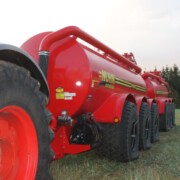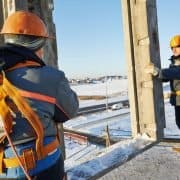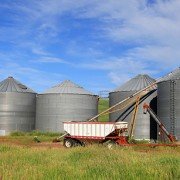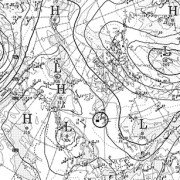Why is the water in McGregor Creek so brown?
/in Agronomy, Weather/by Ryan MortierThe photo in this article is of the Forks of the Thames River at Tecumseh Park in Chatham–its junction with McGregor Creek. The McGregor Creek watershed starts on the ridge near Highgate and includes 54,000 total acres and 48,000 acres of Chatham-Kent farmland.
The McGregor Creek water is extremely muddy, even compared to the water in the Thames River.
Robert Richardson once farmed next door to the farm where I live today. His daughter Shirley tells of a family outing about 100 years ago on a three-deck excursion boat, from Tecumseh Park, down the Thames River to Detroit. Young Robert could look down into the clear water to see fish and the bottom of the river. The water in the river wasn’t always so murky. Read more
Safety: Preparing for winter work
/in Agronomy, Grain Marketing, Safety, Weather/by Ryan MortierWorking outside in the winter can be a dirty job, but many of us have to do it.
Are you ready for winter work?
Here are some reminders about dressing for the weather and staying strong, healthy and safe:
- Two big concerns of working or simply spending time outdoors in cold weather are frostbite and hypothermia. Hypothermia is a potentially fatal condition caused by loss of body temperature, even in winter conditions people might not consider particularly nasty. Symptoms include fatigue, nausea, confusion, light-headedness and profuse sweating.
- Wear the right gloves for the work you are doing. Gloves should have enough insulation to keep you warm and prevent frostbite, but be thin enough so you can feel what you are doing if you are manipulating controls or tools. Gloves which are too thick can also make your hands and wrists work too hard trying to hold on to objects, causing repetitive strain injury.
- Dress in layers of light-weight clothing which keep you warmer than a single layer of heavy clothes. Remove layers as necessary to prevent overheating and perspiring which can lead to chills or hypothermia later. Protect your ears from frostbite as well by wearing a hat that will cover your ears, or use ear muffs.
- Keep your safety eyewear from fogging up in the cold. Investigate anti-fog coatings and wipes to see if these products are appropriate for your eyewear.
- Your shoes or boots should have adequate tread to prevent slips and falls on wet or icy surfaces. Slow down when walking across slippery surfaces and be especially careful on ladders, platforms and stairways.
- Get plenty of rest. Working in the cold and even traveling to and from work in the winter takes lots of energy. Cold weather can strain your heart, even if you aren’t overexerting yourself, so be sure to pace yourself when lifting heavy objects or shovelling snow.
Work safe. Farm safe. Home safe.™
Safety: Driving tips for late fall and early winter
/in Safety, Weather/by Ryan MortierThe late fall or early winter season brings an increase in seasonal dangers that you should be aware of. Road and driving conditions change with the onset of time changes and late fall and early winter weather changes. Read more
Safety: Hazards of fall driving
/in Agronomy, Grain Marketing, Safety, Weather/by Ryan MortierWeather conditions can be unpredictable in the fall. A bright, beautiful afternoon can turn rainy and cold in minutes. With the days getting shorter, you could find yourself commuting to and from work in darkness.
Common fall driving hazards
Back to school traffic
Fall means back to school traffic for kids, which means more cars and buses on the roads. Drivers need to watch out for increased pedestrian traffic in the morning and afternoon as children walk to and from school and their neighborhood bus stops.
Rain
Rain can be particularly dangerous, as water pools on top of dust and oil that hasn’t had a chance to wash away and makes the pavement extremely slippery.
Fog
Cold fall mornings often lead to fog, which can greatly limit your driving visibility and perception of distance. Fog tends to occur in low places or areas surrounded by hills, water, mountains, and trees. One common mistake drivers make during foggy conditions is putting on their high beams instead of staying with their low beams. When driving through fog, slow down and stay well behind the vehicle in front of you so you’ll have adequate time to stop if required.
Frost
During the fall, temperatures tend to drop dramatically during the night, which can lead to morning frost and icy spots on the road. This is especially common on bridges, overpasses, and shaded areas of the road.
Sun glare
Fall is a bad time for sun glare on the roads. Sun glare can impact your sight for seconds after exposure, making it hard to see pedestrians, oncoming traffic, or the vehicle in front of you.
Soybean Storage and Conditioning
/in Agronomy, Grain Marketing, Weather/by Agronomy Team
Now that your crops are in the bin, it’s important to learn how to keep them conditioned and stored properly.
Throughout the winter months it’s important to monitor your soybean temperature, and to aerate your bins.
If you haven’t sold any beans then coring out your bin can be an option to remove some fines, and help stir the grain a bit.
It is important to make sure that soybeans are stored at a 14% moisture or lower. Don’t assume that because your beans went into the bin really dry, you don’t have to aerate. Those low moisture beans are still hot and need to have the field heat removed. Read more
Environment Canada says more humidity to come for June and July
/in Agronomy, Grain Marketing, Weather/by Head OfficeLooking ahead to the coming months, Environment Canada meteorologists expect there will be more heat and humidity than normal.
“We’ve already had a taste this month of temperatures getting close to the 30-degree mark and humidity making it feel more like the mid 30s. That looks like the shape of things to come for June and July,” said Geoff Coulson, a warning preparedness meteorologist with Environment Canada.
Last year the usual summer heat wave to hit southern Ontario was missing in action with a lack of flow of warm moist air from the Gulf of Mexico, Coulson said.
This season southern Ontario has already tapped into that flow from the Gulf a couple of times with Humidex readings in many parts of Southwestern Ontario reaching the mid 30s.
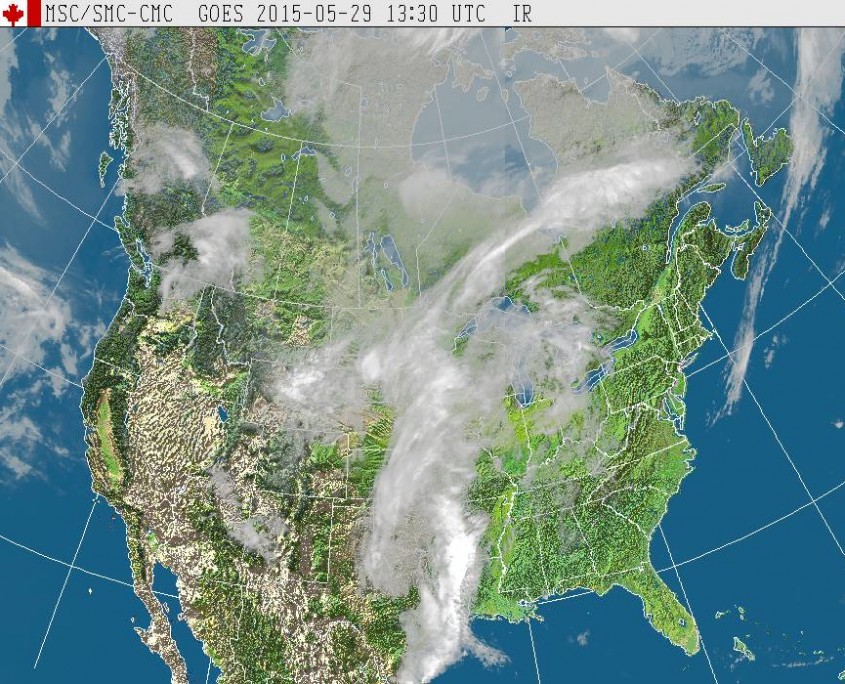
To be leaders in the food and agribusiness sector through sustainability, integrity, relationships, employee engagement, profitability and innovation.

